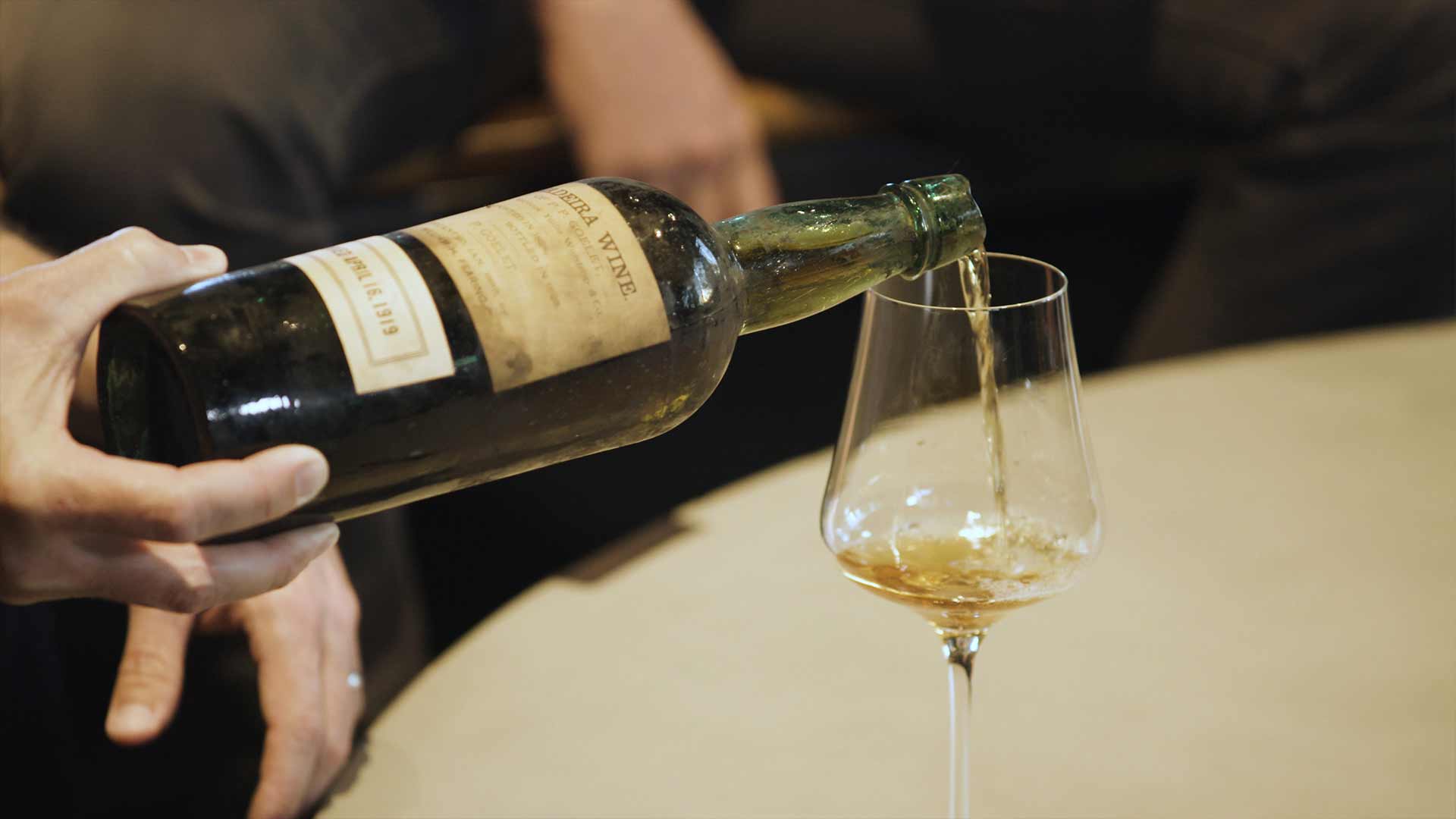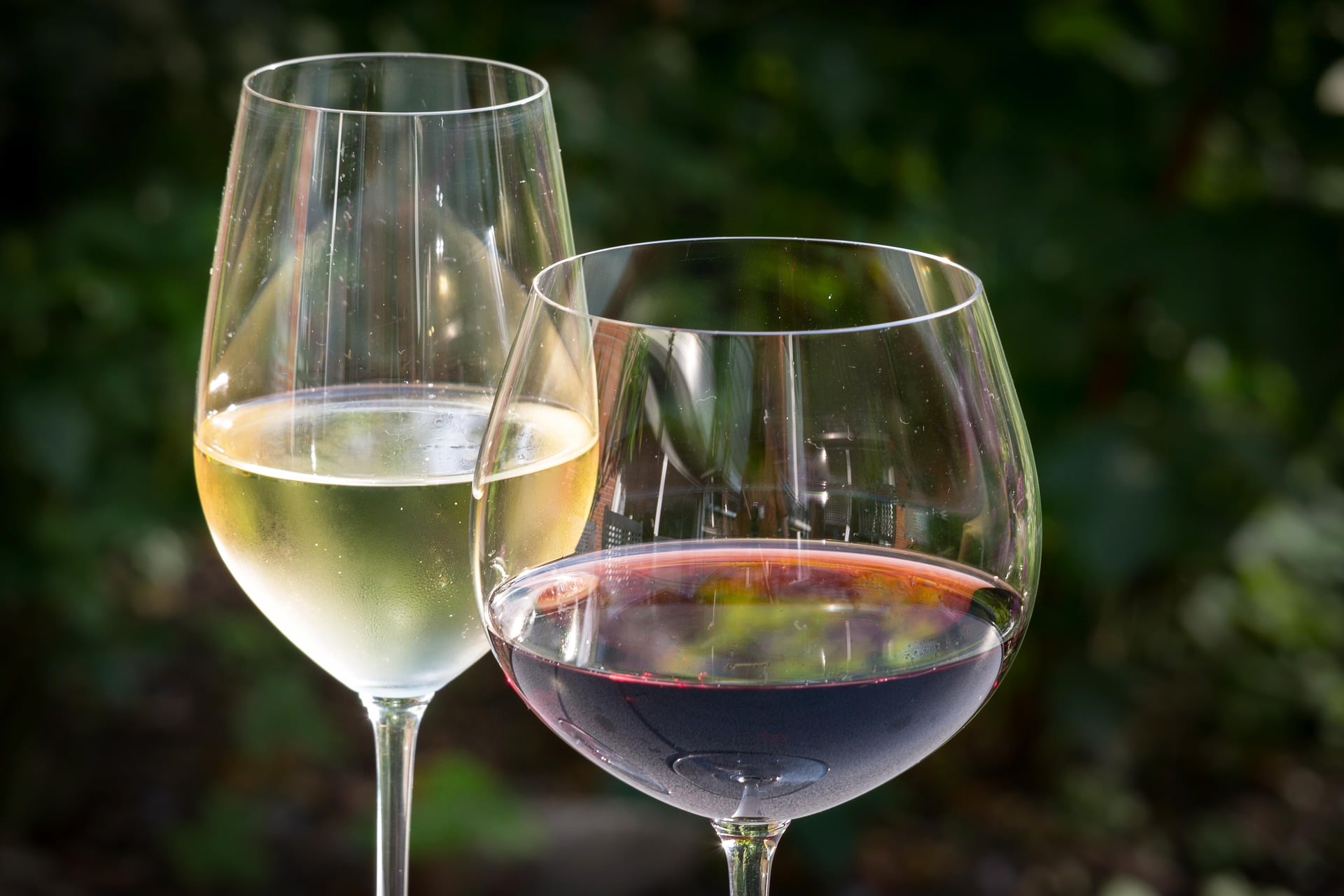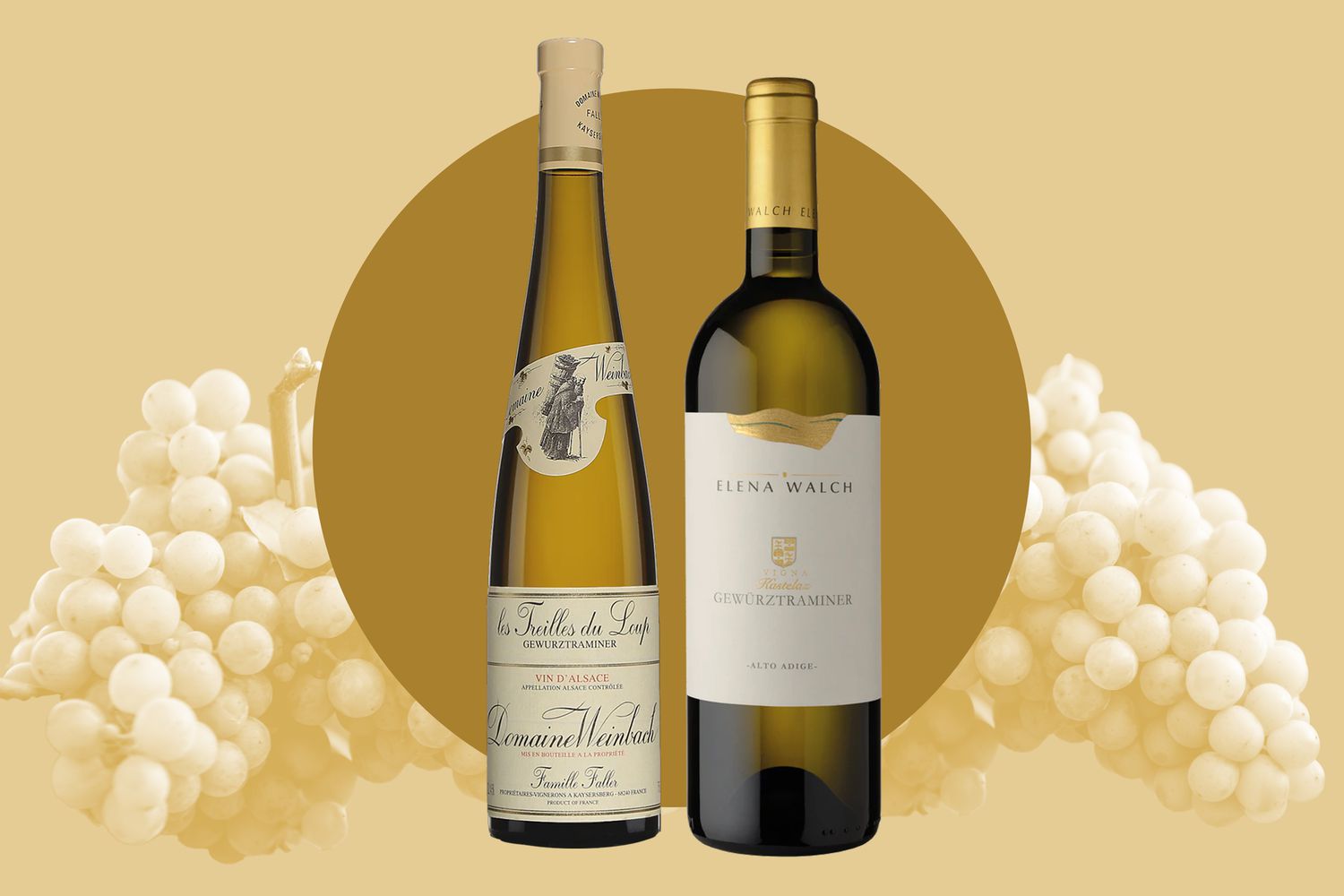Wine enthusiasts often find themselves puzzled by the terminology surrounding wine sweetness. The distinction between dry and sweet wines goes far beyond simple taste preferences—it’s rooted in complex chemical processes that occur during winemaking. Understanding what makes a wine dry or sweet can transform your wine selection experience and deepen your appreciation for this ancient beverage.
The fundamental difference between dry and sweet wines lies in residual sugar—the amount of natural grape sugars that remain unfermented in the finished wine. During fermentation, yeast consumes the sugars naturally present in grape juice and converts them into alcohol and carbon dioxide. The extent of this conversion process determines whether your wine will pucker your lips with dryness or coat your palate with sweetness.
This intricate balance between sugar, alcohol, and other wine components creates the diverse spectrum of flavors we experience in different wine styles. From bone-dry Sauvignon Blancs to lusciously sweet dessert wines, each bottle tells a story of careful winemaking decisions and natural grape characteristics. The interplay between climate, harvest timing, grape varieties, and fermentation techniques all contributes to the final sweetness level, making wine production both an art and a science.
Whether you’re a casual wine drinker seeking to understand your preferences or an aspiring sommelier building your knowledge foundation, grasping these fundamental concepts will enhance every wine tasting experience and guide you toward bottles that perfectly match your palate.
The Science of Residual Sugar in Wine
Residual sugar (RS) serves as the primary determinant of wine sweetness, measured in grams per liter and representing the sugars left unfermented in the finished wine. During the winemaking process, yeast organisms consume grape sugars—primarily fructose and glucose—converting them into alcohol through fermentation. The longer this fermentation continues, the more sugar gets converted to alcohol, resulting in a drier wine with less residual sugar.
The fermentation process rarely eliminates all sugars, as certain sugar types resist yeast consumption. Most wines retain at least 1 gram per liter of residual sugar, even in the driest styles. This baseline level occurs because some sugar molecules prove too complex for yeast to process effectively.
Wine classification systems use specific residual sugar thresholds to categorize sweetness levels. In the European Union, still wines containing up to 4 grams per liter qualify as “dry,” while wines exceeding 45 grams per liter earn the “sweet” designation. Between these extremes lie “medium dry” wines (4-12 g/l) and “medium sweet” wines (12-45 g/l), providing a comprehensive sweetness spectrum for consumers.
Sparkling wines follow different classification standards, with “Brut Nature” containing up to 3 grams per liter and “Sweet” sparkling wines containing more than 50 grams per liter. These variations reflect the different production methods and consumer expectations for sparkling versus still wines.
Factors Influencing Wine Sweetness

Grape Variety and Natural Sugar Content
Certain grape varieties naturally produce higher sugar concentrations, predisposing them toward sweeter wine styles. Muscat grapes, used in Moscato production, and Riesling varieties contain elevated initial sugar levels that can result in sweeter finished wines. Conversely, varieties like Sauvignon Blanc and Pinot Grigio typically produce drier styles due to their lower natural sugar content.
The grape’s inherent characteristics interact with environmental factors to determine final sugar levels. Glucose proves more readily consumable by yeast than fructose, meaning wines with higher fructose ratios may retain more residual sweetness.
Climate and Harvest Timing
Climate conditions significantly impact grape sugar development and wine sweetness potential. Warmer climates promote increased photosynthesis and sugar accumulation in grapes, often resulting in higher potential alcohol levels and sweeter wine options. Cooler climates typically produce grapes with lower sugar content and higher acidity, favoring dry wine production.
Harvest timing represents another crucial factor in determining wine sweetness. Late-harvest grapes contain elevated sugar levels due to extended ripening periods, often producing sweeter wines unless fermentation time increases proportionally. Some winemakers deliberately harvest grapes later in the season to achieve specific sweetness profiles in their finished wines.
Winemaking Techniques and Fermentation Control
Winemakers employ various techniques to control final sweetness levels in their wines. Early fermentation termination preserves residual sugars by preventing yeast from consuming all available sugars. This can be achieved through cooling the fermentation vessel and filtering out yeast, as practiced in Moscato d’Asti production.
Fortification represents another method for creating sweet wines, involving the addition of distilled spirits during fermentation. This process kills active yeast before complete sugar conversion, leaving higher residual sugar levels. Port and Sherry wines exemplify this technique, combining alcohol strength with notable sweetness.
Cold stabilization involves chilling wine to halt fermentation processes, preserving desired sugar levels while maintaining wine stability. This technique allows winemakers precise control over final sweetness without compromising wine quality.
The Perception of Dryness vs. Sweetness

Understanding “Dry” Wine Characteristics
The term “dry” in wine terminology refers specifically to low residual sugar content rather than any mouth-drying sensation. A common misconception suggests that dry wines physically dry out the mouth, but this sensation results from tannin content rather than sugar levels.
Tannins, particularly in red wines, create astringency and perceived dryness through protein interactions in the mouth. Research demonstrates that wines with larger tannin molecules and higher tannin concentrations produce more pronounced dryness sensations, independent of residual sugar levels.
Higher alcohol content also contributes to perceived dryness, as increased alcohol levels typically indicate more complete sugar conversion during fermentation. Wines with elevated alcohol by volume (ABV) percentages generally taste drier than their lower-alcohol counterparts.
Factors Affecting Sweetness Perception
Acidity levels significantly influence sweetness perception in wine, even when residual sugar content remains constant. High acidity creates freshness and lightness that can mask sweetness, allowing wines with considerable residual sugar to taste relatively dry. This balance explains why some Rieslings with notable sugar content don’t taste overwhelmingly sweet.
Oak treatment, fruit flavors, and serving temperature also impact perceived sweetness. These factors can create sweetness impressions in wines with minimal residual sugar, demonstrating the complexity of wine perception beyond simple chemical analysis.
The interaction between sugar and acid proves particularly important in wine balance. European regulations acknowledge this relationship by allowing higher residual sugar limits for “dry” classifications when appropriate acidity levels provide balance.
Wine Styles Across the Sweetness Spectrum

Dry Wine Categories
Dry white wines like Sauvignon Blanc, Pinot Grigio, and many Chardonnays contain minimal residual sugar, typically under 4 grams per liter. These wines showcase grape varietal characteristics and terroir expression without sweetness masking subtle flavors.
Dry red wines, including Cabernet Sauvignon, Pinot Noir, and Merlot, also maintain low residual sugar levels while potentially exhibiting perceived dryness from tannin content. The combination of low sugar and structured tannins creates the classic dry red wine profile appreciated by many wine enthusiasts.
Sweet Wine Varieties
Dessert wines represent the sweetest wine category, often containing 150 grams per liter or more of residual sugar. Examples include Tokaji, Sauternes, and ice wines, which achieve sweetness through various production methods including noble rot, late harvest, and frozen grape processing.
Off-dry and semi-sweet wines occupy the middle ground between dry and sweet styles, containing 4-45 grams per liter of residual sugar. These wines appeal to consumers seeking subtle sweetness without overwhelming sugar content.
Understanding wine sweetness involves appreciating the complex interplay between residual sugar, winemaking techniques, grape characteristics, and perception factors. This knowledge empowers wine enthusiasts to make informed selections and develop more sophisticated palates, ultimately enhancing their wine enjoyment experience.


